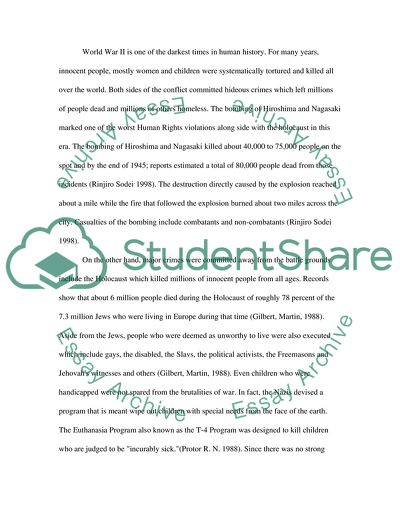Cite this document
(How World War II Shaped the Definition of Human Rights Coursework, n.d.)
How World War II Shaped the Definition of Human Rights Coursework. Retrieved from https://studentshare.org/law/1718650-international-human-rights-vol2
How World War II Shaped the Definition of Human Rights Coursework. Retrieved from https://studentshare.org/law/1718650-international-human-rights-vol2
(How World War II Shaped the Definition of Human Rights Coursework)
How World War II Shaped the Definition of Human Rights Coursework. https://studentshare.org/law/1718650-international-human-rights-vol2.
How World War II Shaped the Definition of Human Rights Coursework. https://studentshare.org/law/1718650-international-human-rights-vol2.
“How World War II Shaped the Definition of Human Rights Coursework”. https://studentshare.org/law/1718650-international-human-rights-vol2.


